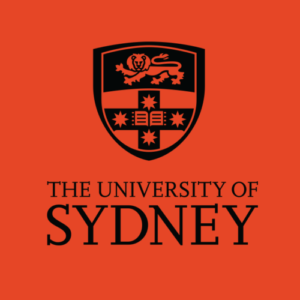Spatiotemporal Representations and Change Detection
The main objective of the research is to develop new approaches, based on machine learning, that can identify and model changes, and predict trends in change over multi-temporal image sequences captured from aerial remote sensing. Existing mapping technologies typically represent a single point in time as a map of features (vectorised objects), or a series of independent maps over time. As mapping gives way to monitoring (observing changes in an environment over time), better ways of managing longitudinal/temporal data are needed. A unified spatiotemporal representation is desirable, in which a longitudinal sequence of imagery captures is fused into a single representation. This project will perform research to build such a framework, that has the potential to improve change detection and modelling from imagery and other sensor data in mapping and robotics.
Research Activities:
Our current research is focussed on exploring and improving bi-temporal, two-branch deep learning architectures for change detection in aerial images and identifying possibilities to extend these architectures to cover multi-temporal data. Work so far in the project has developed a new bi-temporal image change detection architecture that exploits pre-trained image features. Future and on-going work will focus on multi-temporal data, for which we want the model to become robust against seasonal, lighting and other conditions which severely affect the performance of bi-temporal change detection.
Research Outcomes/ Current Findings:
Our current research has developed improved approaches to bi-temporal change detection in aerial imagery via the use of deep neural networks, exploiting pre-trained image models. We are currently in the process of further developing these models for multi-temporal change.
Expected Impact:
This project aims to bring attention of researchers and industrialists to a relatively less emphasized direction of change detection by utilizing multi-temporal remote sensing data as compared to bitemporal. We believe that in future more research and development is going to be carried out in this area because of inherent benefits of robustness to variations. The ability to effectively learn to detect and model changes across multi-temporal imagery has applications to improving systems and processes for forecasting trends and improving predictive maintenance in applications in urban environments.
Associated Researchers
-
Mitch Bryson
Chief Investigator
View Bio

